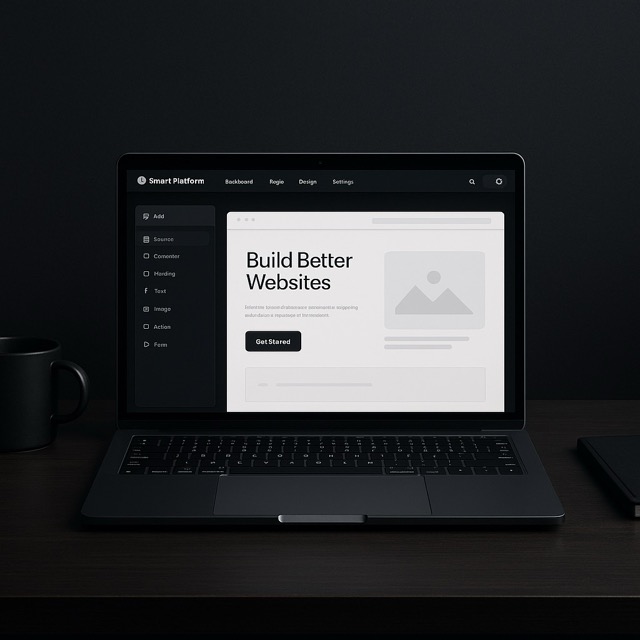

There’s a growing narrative out there, often pushed by "code fluent" agencies, that unless your site is custom coded from the ground up, it's somehow less professional, less secure, or less capable.
But that’s simply not true.
Platforms like WordPress, Webflow, and Shopify power millions of high-performing websites across the globe, including for major brands. They are fast, secure, flexible, and designed to scale when implemented properly.
Think of it like this:
Building a fully custom-coded site is like building your own car.
You could design it, engineer every part, and assemble it yourself. But why would you, when you could buy a Toyota, built by experts, rigorously tested, and ready to go?
The same principle applies to websites. Unless you’re building complex software or a platform with highly specific functionality, reinventing the wheel usually adds time, cost, and long-term complexity.
And let’s be clear. "No-code" website builders still require development knowledge.
While platforms like WordPress, Webflow, and Shopify offer visual editors and some pre-built functionality, implementing custom designs, integrations, and advanced features still takes skill.
The difference is that you're building on a trusted, widely used foundation that is actively maintained, frequently updated, and user friendly for clients once launched.
Here’s why platforms like WordPress, Webflow, and Shopify often make more sense:
✅ Faster turnaround without compromising quality
✅ Easier for clients to manage without developer dependency
✅ Fully custom designs using powerful visual tools
✅ Better SEO performance with clean, efficient code
✅ Scalable for everything from service sites to eCommerce stores
✅ More cost-effective than lengthy custom builds
✅ No developer lock-in – Custom-coded sites often tie you to a single developer or agency for every change. With WordPress alone powering around 43% of the internet (roughly 460 to 480 million websites as of mid 2025), there is a massive ecosystem of global support, plugins, and service providers. You have the freedom to choose who you work with and how your site evolves.
We are not anti-code. We are pro-smart solutions.
And most businesses benefit more from platforms like WordPress, Webflow, or Shopify than from fully custom builds pushed by code fluent agencies.
If you want a website that’s beautiful, functional, and easy to manage, the smartest solution might already exist.
